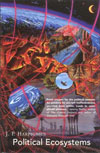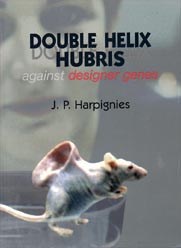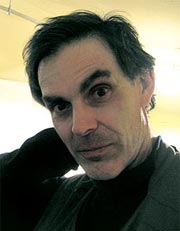The techno-utopian view has no respect for nature's design sophistication; for the sublime, symbiotically balanced ecosystems that have developed over the aeons, compared to which our technologies seem pathetically crude and simple minded.
Does it even work?
The dominant scientific metaphor guiding genetic research views DNA as a sort of highly malleable computer program which can be cut, spliced, edited and rewritten to our specs. Putting aside its depressing reductionism, this is a profoundly flawed metaphor from a purely scientific perspective. One persuasive, if radical, view proffered by Professor Stuart Newman and, to some extent, Stephen Jay Gould, argues that species generally take on their characteristic forms early in their evolutionary history. They often settle into very prolonged evolutionary near-stasis, evolving homeostatic mechanisms rather than new phenotypic characteristics. This implies that evolution is much less plastic than commonly thought. Domesticated animals, for example, even after centuries of breeding, return to their pre-domesticated wild state after very few generations, if they escape. Another implication of this, which has been confirmed in numerous studies, is that that the strict coupling between genetic change and phenotypic change predicted by neo-Darwinianism does not exist. In any case, whatever evolutionary theory we subscribe to, our understanding of cells and living systems is still extremely primitive. To attempt to redesign what we haven't begun to comprehend is pure madness.






